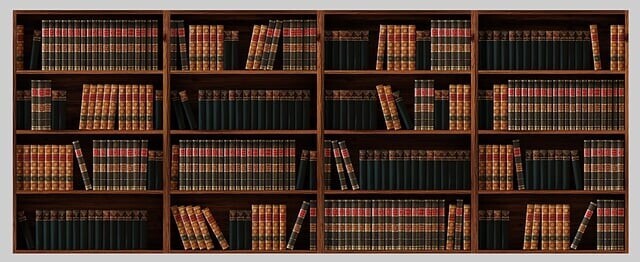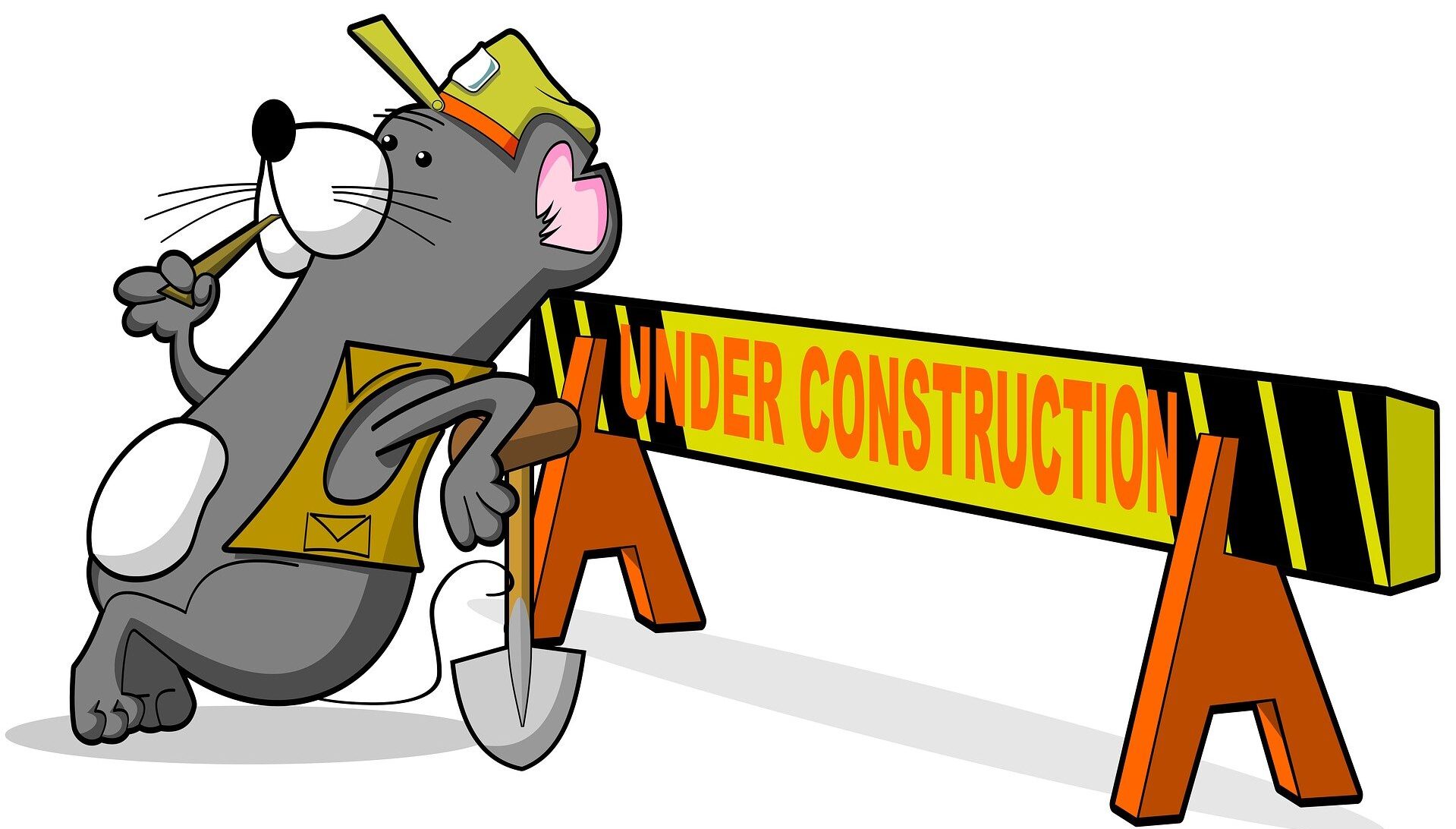
Learn how to build a custom, six-foot tall, five-shelf wooden bookshelf with this detailed, step-by-step guide. Perfect for intermediate DIYers. Estimated time: 2-4 hours.
Introduction to the Project
Creating your own bookshelf is a rewarding project for any DIY enthusiast. This guide will walk you through building a six-foot tall, five-shelf bookshelf, perfect for adding storage and style to any room. With an intermediate skill level, this project can be completed in about 2 to 4 hours. Whether you’re looking to save money, sharpen your woodworking skills, or add a personal touch to your space, building your own bookshelf is a great choice.
Benefits of Building Your Own Bookshelf
- Cost Savings: Custom bookshelves can be expensive. Building your own saves money while allowing for high-quality materials.
- Customization: Choose the dimensions, wood type, and finish that best fit your home’s décor.
- Skill Building: Improve your woodworking skills and gain satisfaction from creating something useful.
- Durability: A solid, custom-built bookshelf will likely outlast most store-bought options.
Overview of the Process
The steps to build your bookshelf are straightforward, starting from selecting the right wood to finishing with paint or stain. We’ll guide you through the entire process—from cutting lumber, assembling the frame, and adding decorative finishes. By the end, you’ll have a fully functional, stylish bookshelf.
Choosing the Right Wood for Your Bookshelf
Wood selection is critical to your project’s success. Different woods offer various levels of durability, aesthetics, and cost.
Overview of Wood Options
The most common woods for DIY bookshelves include pine, birch, and oak. Here’s a quick breakdown:
- Pine: Softwood, affordable, lightweight, but prone to splitting.
- Birch: Hardwood, more durable, mid-priced, resists splitting.
- Oak: Heavy, rustic, expensive, highly durable.
Characteristics of Pine
- Pros: Inexpensive and easy to work with, making it ideal for beginners.
- Cons: Softwood that dents and splits easily. Best for projects where cost is a significant factor, but durability is less important.
Characteristics of Birch
- Pros: Harder than pine, offers more resistance to splitting, moderately priced.
- Cons: Still not as durable as oak but a great middle ground for most projects.
Characteristics of Oak
- Pros: Heavy, sturdy, and long-lasting. Offers a classic, rustic look.
- Cons: Expensive and harder to work with, better suited for experienced DIYers.
Tips for Selecting the Best Wood
If you’re on a budget, pine is a practical choice. Birch is a great middle-ground option if you want a bit more durability. For a long-lasting, sturdy bookshelf with a rustic aesthetic, oak is worth the investment.
Gathering and Preparing Your Supplies
Materials List
Before you start, gather the necessary materials:
- 3/4-inch x 8-foot x 4-foot plywood (for the sides and shelves)
- Three 1-inch x 2-inch x 8-foot common boards (for the frame)
- 1/4-inch x 4-foot x 8-foot plywood underlayment (for the back panel)
Paint or Stain Options
Depending on the finish you prefer, you can choose from:
- Oil-based Stain: Rich color, requires fewer coats but more ventilation.
- Water-based Stain: Easy to clean and apply but may need more coats.
- Gel Stain: Ideal for uneven wood, creates a thick, even finish.
Tools Needed
- Tape measure, saw, drill, jig, clamps
- Wood glue, screws, nails
- Safety equipment: goggles, gloves
Preparation Tips
- Measure twice, cut once. Double-check all measurements before cutting.
- Mark your wood with a pencil for precise cuts.
Step-by-Step Construction Guide
1. Cutting the Lumber
Use a circular or table saw to cut the following:
- 2 side panels: 72 x 11 3/4 inches
- 5 shelves: 28 x 11 3/4 inches
- 1 top board: 29 1/2 x 11 3/4 inches
2. Marking and Pre-drilling
Mark the placement of each shelf on the side panels. Use a jig and clamp to pre-drill 3/4-inch deep pocket holes.
3. Assembling the Frame
Start by attaching the top and bottom shelves with wood glue and screws. Ensure the edges are flush using a carpenter square. Then, attach the remaining shelves.
4. Adding the Face Frame
Cut and attach face frame pieces to give your bookshelf a polished look. Use wood glue and finishing nails for secure attachment.
5. Optional: Adding Moulding
For a formal touch, trim the top and fronts of the shelves with decorative moulding using a miter saw to make 45-degree cuts.
6. Concealing Screws
Insert pocket plugs into pre-drilled holes to conceal screws for a professional finish.
7. Attaching the Back Panel
Secure the back panel using finishing nails. This is an excellent opportunity to add a creative touch with paint, stain, or wallpaper.
Finishing Touches and Final Inspection
Filling and Sanding
Fill any cracks or gaps with wood filler and sand the entire piece using 220-grit sandpaper for a smooth finish.
Painting or Staining
Choose your final finish based on your décor preferences. When staining, use pads for even application. Allow the bookshelf to dry completely between coats.
Attaching the Back Panel
After finishing, securely attach the back panel to ensure your bookshelf is stable.
Final Inspection
Ensure all shelves are level and the bookshelf is sturdy. Check for any final touch-ups in the paint or stain. Once satisfied, your DIY bookshelf is ready to showcase your favorite books, art, or décor!
Personalization Tips
- Add unique wallpaper to the back panel for a pop of color.
- Consider using fabric or wainscoting for a custom look.
By following these steps, you’ll have a personalized, beautiful bookshelf that fits your space and style. Now get ready to fill it with your favorite things!
